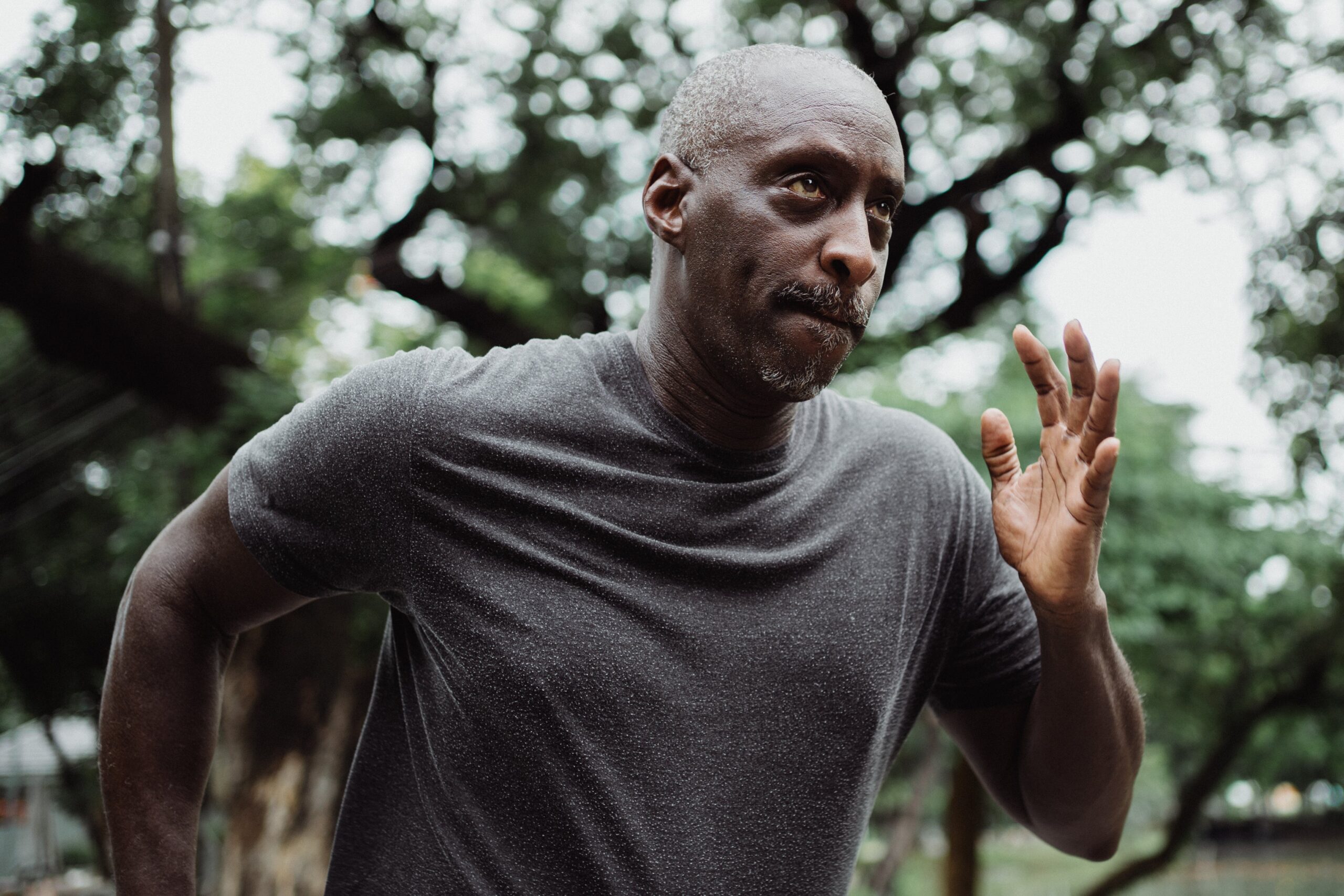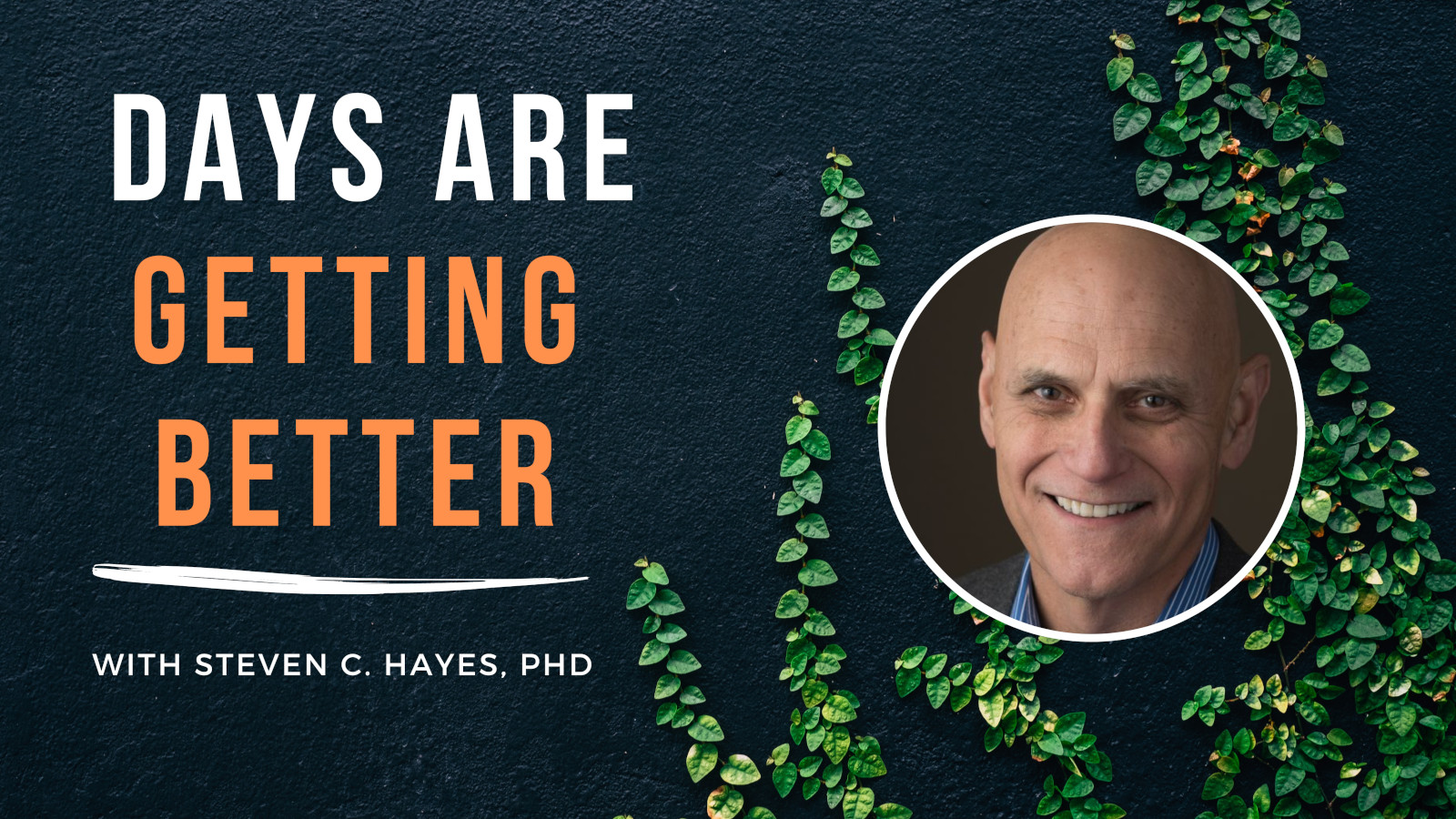The internet is full of advice. I’ve written a few self-help books myself and I’ve created many scores of blogs and podcasts focused on processes of change. The psychological flexibility model that undergirds ACT is one of the most important sets of helpful psychological processes known, and often these skills have been the focus of my work in the blogosphere or self-help. And yet there is nothing psychological – literally nothing – that is always helpful for everyone everywhere – and yes that includes my own work.
I remember the sense of mild shock I felt when the first study ever appeared 15 years or so ago, showing that sometimes experiential avoidance is helpful. First responders in the midst of their emergency calls have no time to feel horrified or sad at the sight of dismembered or dying people when the immediate task is to provide help to the few who may yet survive a terrible accident. Experiential avoidance on the job helped.
When responders go home? That’s another matter and if there is no time to process painful feelings then, yes it will create damage. But nothing is always helpful for everyone everywhere.
It was a hard but important lesson.
In this blog I don’t want to talk about psychological flexibility per se, or the processes of change that are usually helpful or usually hurtful. Instead, I want to talk about a very small set of meta-skills that will decide whether change empowers you and will continue to do so, or will fall away forgotten and unused.
I believe that lasting behavioral change is achievable, provided people have a willingness to try, access to helpful guidance, and two skills that often disappear into the woodwork.
Skill #1 Increasing Creative Context Sensitivity
Behavior doesn’t happen in isolation. Instead, it happens in context. The context of a person – their personal history, their social contacts, their psychological skills, their physical environment, etc. – plays a major role in determining how a person will act in any given moment, as well as how any given action will function. Each person is unique in a myriad of ways and no “one size fits all” approach will always work.
Imagine in the next moment, I would ask you to do something – anything – that you have done before but not regularly. How many things might you be able to do? Scores? Hundreds? Many thousands?
I’m sure the answer is in the “many thousands” category. So what will you do?
In terms of actual probability, the set of reasonably possible events is much smaller. That can be fine when you are in a groove, but it is not fine when you are in a rut.
What I mean by “creative context sensitivity” is noticing your sense of yearning for outcomes such as belonging, feeling, understanding, meaning, competence, health, attachment, or orientation, and then fostering healthy variability linked to those outcomes, and noticing how it works in the context you are in.
Suppose every evening you go home from work, and you watch news on the television. It provides a relaxed sense of greater understanding and orientation but if you slow down you can notice that on any given day you might also be feeling a bit lonely; or you may notice a whisper of a yearning to acquire new skills in some area.
Voila! That’s a creative contextual moment.
What could you do to broaden your repertoire in that moment in the direction of these yearning? Could you call a friend, write an email, or pick up a long ignored musical instrument? And if you do any of that, can you then notice how it landed – what worked and what did not?
Sooner or later, your context will change, and new skills will be called for. For this reason, it’s important to train contextual awareness itself, and exercises such as this is one way to do so. Increasing our own context sensitivity means making us more aware of the shifting yearnings inside us and shifting possibilities outside of us, so that we can flexibly adjust in an adaptive way that takes advantage of what life affords.
It’s a skill, and just like any other skill it can be learned through repeated practice.
Skill #2 Increasing Flexible Retention
A person’s context will change countless times throughout the course of their life, in both small and big ways. And whenever a context changes, new behavior is easier to establish (in both helpful and unhelpful ways). When we talk about creating lasting behavior change, we mean establishing new actions that will be possible across many different contexts. In other words, regardless how much a person’s context changes, certain behavior will be available to be enacted or not enacted.
Retention is about making positive changes stick.
Oftentimes, unhelpful behavior itself has been solidified through self-reinforcing loops. There is something short term to be gained from a bad habit, otherwise it wouldn’t be a habit. In the case of bad habits short term gains often come with long term expenses. And the longer we have been stuck in such a pattern, the more our responses have turned rigid, and the harder it is for us to make a change. Retention is the opposite: It’s about repeating a positive pattern and building it into larger integrated patterns.
Usually, retention is cast in a narrow way: repeat, repeat, repeat. “Drill it and kill it” is a phrase of those who believe in the “practice until you drop” theory of retention. That’s OK I guess, but it feels a lot like work to me. And the context in which new actions are obviously needed may become quite small and thus infrequently practiced.
I like to try to promote deliberate retention in a way that uses new and wanted action in different ways and different contexts. That way, when you need it, it’s available. You will think of it; you will remember it – because in contexts such as these (whatever they are) you have tried it.
As you might have noticed, this too requires intimate awareness of context. What I mean by “flexible retention” is that new skills are deliberately used in a wider range of relevant contexts so that habits become more about the free and effective deployment of skills and less about rigid sequences. That way, when context changes, there will always be broad and flexible alternatives available that could lead to positive outcomes.
Let me give you a personal example.
I’m not that great at expressing positive emotions. It has a long history and I recognize it as a deficit of mine. One way to express positive emotion is as an act of appreciation. Appreciation arises naturally in intimate relationships, but if you look, it’s also available at work, when shopping, at restaurants, in emails to colleagues – almost everywhere. Of course, you do not say the same things to a waiter you’d say to your spouse, but if you want to make a habit of positive emotional expression why not put context appropriate forms in multiple contexts? That way, the habit will be used regularly and will become a generalized skill.
There is no better time to start this cycle of creative context sensitivity and flexible retention than now. Check out your inner world at this very moment. What are you yearning for?







